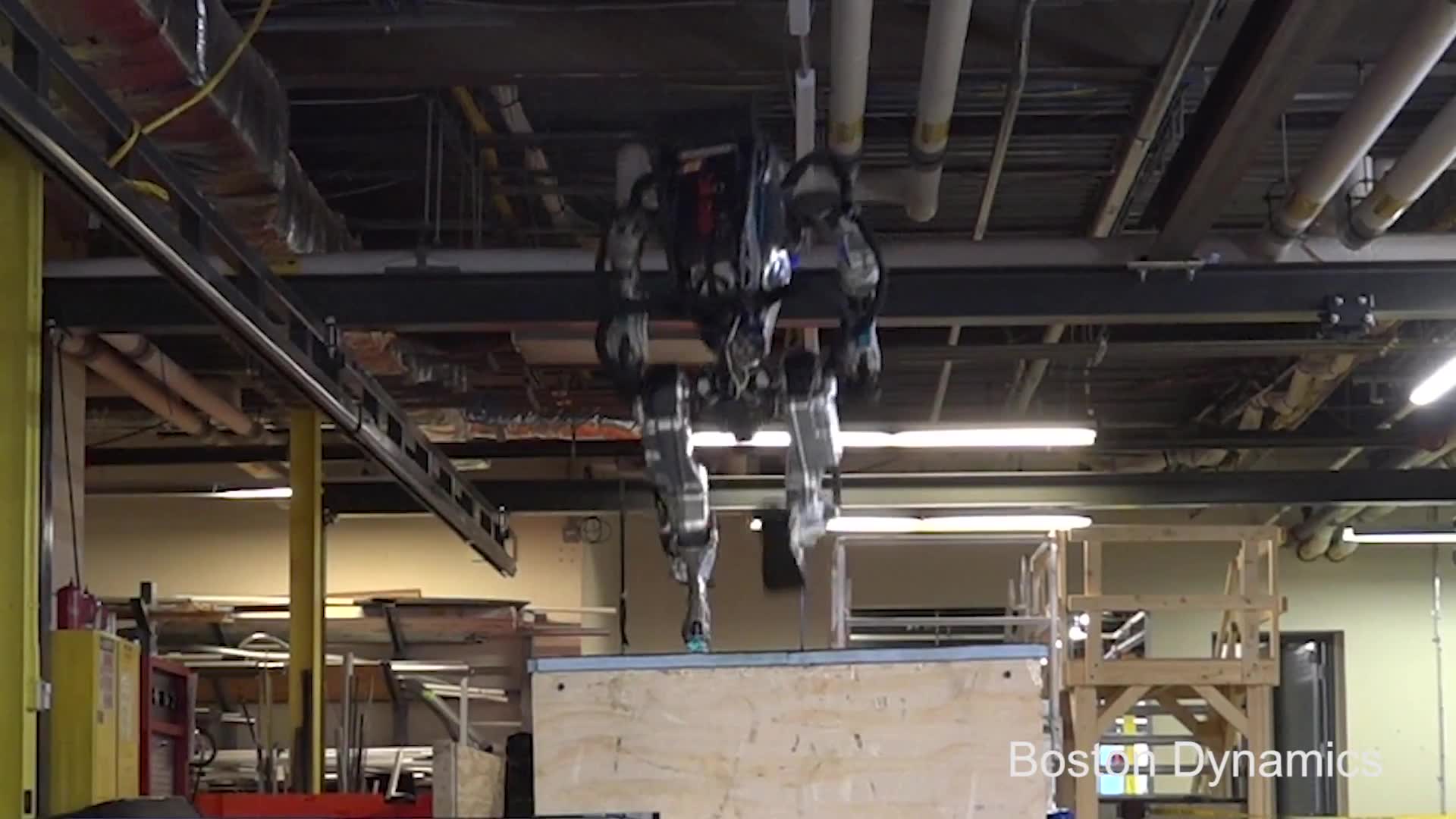Oct 11, 2018
Boston Dynamics’ robot can now do parkour
Posted by Amnon H. Eden in category: robotics/AI
Don’t look now, but Boston Dynamics’ robot Atlas is back. And now it can do parkour: https://wired.trib.al/B2Aai5y

Don’t look now, but Boston Dynamics’ robot Atlas is back. And now it can do parkour: https://wired.trib.al/B2Aai5y
![Figure][1]
Coronal section of the neocortex in a juvenile mouse. Double immunostaining shows microglia (green) and inhibitory interneurons (red), whereas nuclear counterstaining is in blue.
IMAGE: PAOLA SQUARZONI
Click on photo to start video.
Note in the in-capsule video, that Col. Nick Hague’s Falcon stuffed toy is thrown violently upwards as G-forces grip the capsule, followed by both astronauts being shaken violently as well, their hands and arms waving wildly. I won’t share my hypotheses as to what happened as of this point, but I have some ideas.
Aerial footage shows rows of damaged and destroyed homes lining the beach in Mexico Beach, Florida, after Hurricane Michael slammed into the town on October 10, 2018. It was the strongest hurricane on record to hit the Florida Panhandle.
Credit: WJAX
Everyone knows it takes a male and a female to make a baby. But what a new study from the Chinese Academy of Sciences suggests is that maybe it doesn’t. In a new study, the team of scientists reports they did the seemingly impossible: Produce healthy baby mice from two mothers. The researchers describe their achievement in a breakthrough new paper in Cell Stem Cell.
The single-sex parent phenomenon has been observed naturally in reptiles, fish, amphibians, and invertebrates, but it was never thought to be possible in mammals, who reproduce differently. But as the team describe in their paper, all it took was overcoming the genetic limitations that usually make same-sex parenting impossible. The team, which also included researchers from Northeast Agricultural University in Harbin, China, used a combination of stem cells and CRISPR precision gene editing to produce healthy mice from two mothers. Interestingly, they tried the same with embryos from two fathers, but those offspring only lived a few days.
In the paper, they describe the bizarre, ingenious way the mouse embryos were formed using an egg from one mother a stem cell from another mother. The team’s breakthrough was figuring out how to manipulate the DNA of the stem cell so that the babies wouldn’t have birth defects.
Continue reading “Babies Born From Two Mothers Survive for First Time in Mouse Study” »
The universe is expanding at an ever-accelerating rate. At least, that’s what the vast majority of scientists would have you believe. But according to a team of Spanish physicists, it may not be the expansion of the universe that’s changing rate, but time itself. Time might be slowing down, and that means that it could eventually stop altogether.
In a lab at Johns Hopkins University, little bits of human eyes are growin in a dish. When one thinks of an eye, they likely think of the full bulbous form — the lens, an iris; the vitreous body. These retinal organoids are not that. Technically, they’re retinas grown from human stem cells — globs of the white tissue that lines the very back of the eye. While growing eye globs is a technical marvel in itself, their creation has a compounded purpose. Scientists generated them to understand why we can even see color and to learn how we can help people who can’t.
“As a scientist, I think that you have to have a passion for what you’re doing and a connection to your organism,” organoid-creator and Johns Hopkins University graduate student Kiara Eldred tells Inverse. “I cared for the organoids every day in the beginning and then every other day as they got older. In the lab, my co-authors and I all kind of refer to them as our babies because we have to care for them all the time.”
In a study published Thursday in Science, Eldred and her team reveal why these retinas are so important. Humans have three types of color-detecting cells that sense red, green, or blue light. But the mechanisms behind why this is hasn’t been fully understood. Here, the team discovered that blue cells are made first, and then red and green cells later. Learning the timing of these cell formations was a novel finding — and made sense, considering we and other primates have something called trichromatic color vision.
Continue reading “Scientists Grew Bits of Human Eyeballs in a Dish to Save Our Sight” »
Scientists have discovered new particles that could lie at the heart of a future technological revolution based on photonic circuitry, leading to superfast, light-based computing.

https://youtube.com/watch?v=6A1knkZiysQ
Senolytics are the first therapies that directly target the aging process to delay or prevent age-related diseases and are now in human trials. Today we thought it was the ideal time to have a look at how they work and the companies involved.
Senescent cells and aging
Continue reading “The First Therapy that Targets Aging is in Human Trials Now” »
